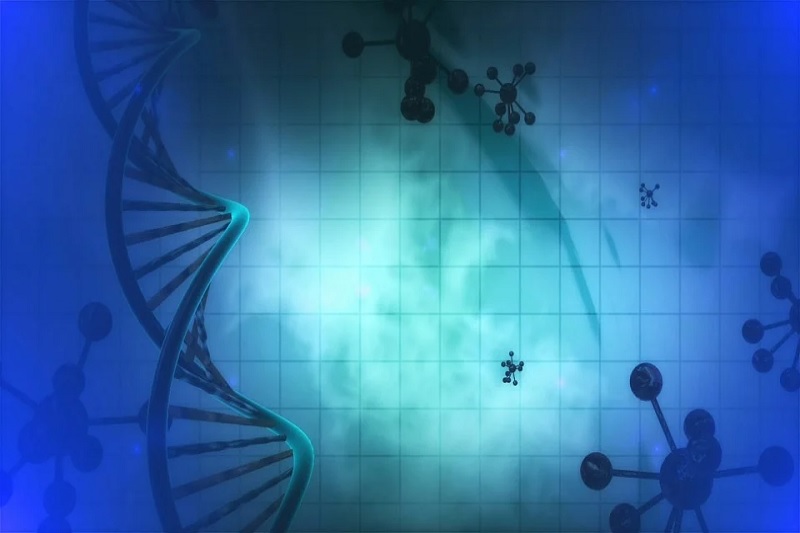
The University of Sydney has provided AU$ 10.5 million to create a bioengineering facility, which will bring together excellence in research and teaching in service of better health outcomes for all.
As reported, the University of Sydney bioengineering centre will be led by biomedical engineering academic and 2018 NSW Premier’s Woman of the Year, Jordanian-born, Professor Hala Zreiqat.
She has pioneered advances in tissue bioengineering and the creation of 3D-printed materials such as tendons, ligaments and bone.
The centre aims to provide researchers with the interdisciplinary skills and mentorship to be leaders in the rapidly evolving, highly innovative field of bioengineering.
Researches in Bioengineering
Some of the researches in bioengineering include the following:
- Algorithms to map unborn babies’ brains
School of Biomedical Engineering academic Dr Ashnil Kumar is developing algorithms that analyse foetal medical images.
The method is being developed to allow clinicians to better understand the development of unborn babies.
The algorithms identify babies’ brains in utero, measuring part of the brain that is considered a possible biomarker for neurodevelopment.
These allow for better assessment of an unborn baby’s development. It helps identify cases where a baby’s development is not as expected, allowing for early intervention.
- Nanorobots to detect and treat cancer
Working alongside Professor Zreiqat, biomedical engineer Dr Gurvinder Singh is developing nanorobots: Intelligent magnetic nanoparticles that can selectively identify and kill cancerous cells in the human body.
Using a magnetic field, the nanoparticles can be guided to a cancerous tumour site and release drug molecules that kill multi-drug-resistant cancer cells.
Nanomaterials are designed to carry drugs to target sites within the body, making the treatment of diseases, such as cancer, far more precise.
- Turning skin cells into bone cells
Despite the capacity of bone to rejuvenate itself, repairing and regenerating large bone defects and healing complex bone fractures remains a major clinical challenge for the health industry.
Biomedical engineer, Dr ZuFu Lu’s research has identified a protein that reprograms human fibroblast cells into functional bone cells, the cells responsible for healing.
- Next-generation 3D and 4D printed bone implants
Inspired by the performance of highly mineralised, naturally occurring materials such as bone, teeth, enamel and seashells, Dr Mohammad Mirkhalaf has developed and patented a class of ceramic 3D- and 4D-printing techniques.
The light-based 3D and 4D printing procedures for ceramic implants are designed for different parts of the musculoskeletal system, such as for hip or femur implants.
The printing process duplicates the way naturally durable materials grow, resulting in bioceramic implants with the overall shape, internal architecture, biology and mechanics like natural products, such as bone.
As a result, the printed products are ideal for the repair or replacement of the hard tissues of the musculoskeletal system.
- Nanobiosensors for early disease detection
PhD student Pooria Lesani is developing nanobiosensing technology in the hope of creating a method for the early diagnosis and monitoring of diseases such as Parkinson’s and Alzheimer’s disease.
Nanobiosensors are devices that measure a biochemical or biological activity in the body using any electronic, optical, or magnetic technology through a compact probe.
Fluorescence technology is used to aid in the measurement of chemical concentrations and biomolecular activity in the body.
Early diagnosis of disease generally increases the chances of successful treatment.
Hopefully, the development of fluorescent nanobiosensors will allow for non-invasive and accurate detection of potential diseases and disorders at the very early stages.
















